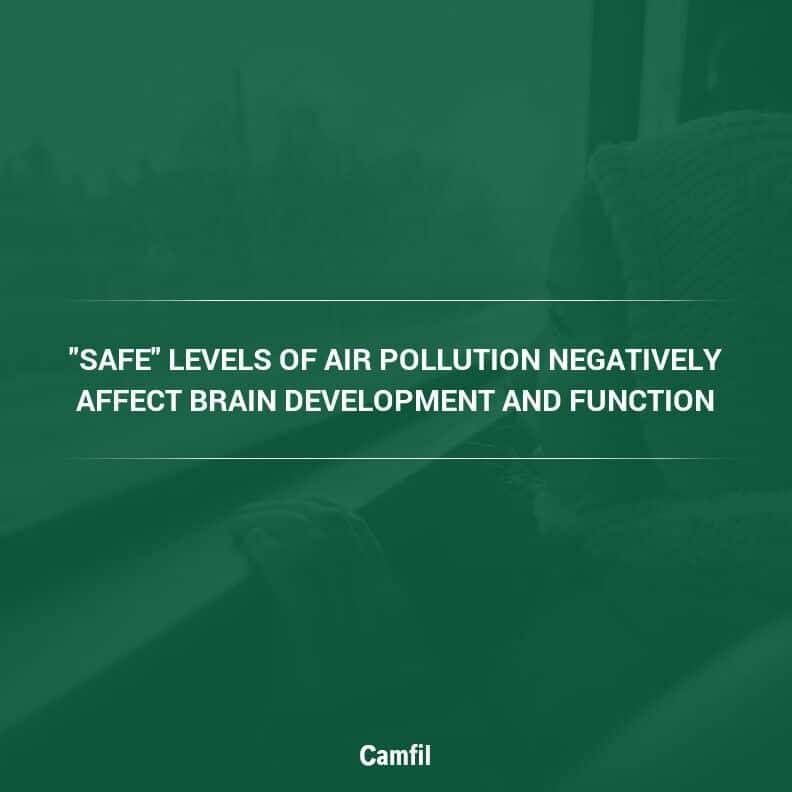
“Safe” Levels of Air Pollution Negatively Affect Brain Development and Function, According to 2023 Studies
Following the Clean Air Act in 1970, the EPA has been required to set and regularly review air pollution standards indicating what levels of six hazardous pollutants humans and the environment can safely be exposed to. The National Ambient Air Quality Standards (NAAQS) are based on established scientific research and inform legislation at all levels.
However, two recent studies have found that exposure to levels of pollution within the EPA’s “safe” standards may be linked to negative effects on the structure and function of the brain. Continue reading to learn about these studies and their implications.
What Levels of Air Pollution Are Considered Safe by the EPA?
The six pollutants targeted by the Clean Air Act are carbon monoxide (CO), lead (Pb), nitrogen dioxide (NO2), ozone (O3), particulate matter (PM), and sulfur dioxide (SO2). These pollutants are both notably harmful to humans and the environment and are common across the United States.
The NAAQS defines primary standards, which indicate the concentrations of each pollutant that are harmful to human health (particularly the health of people with existing respiratory conditions, children, and the elderly), as well as secondary standards, which indicate pollution levels that affect other important factors such as visibility, damage to livestock, crops, and ecosystems, and building corrosion.
The primary standards are as follows:
Carbon monoxide:
- 9 ppm (parts per million), 8-hour average
- 35 ppm, 1-hour average
...
Read Full Story: https://cleanair.camfil.us/2023/08/04/safe-levels-of-air-pollution-negatively-affect-brain-development-and-function-according-to-2023-studies/
Your content is great. However, if any of the content contained herein violates any rights of yours, including those of copyright, please contact us immediately by e-mail at media[@]kissrpr.com.